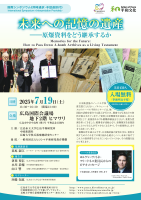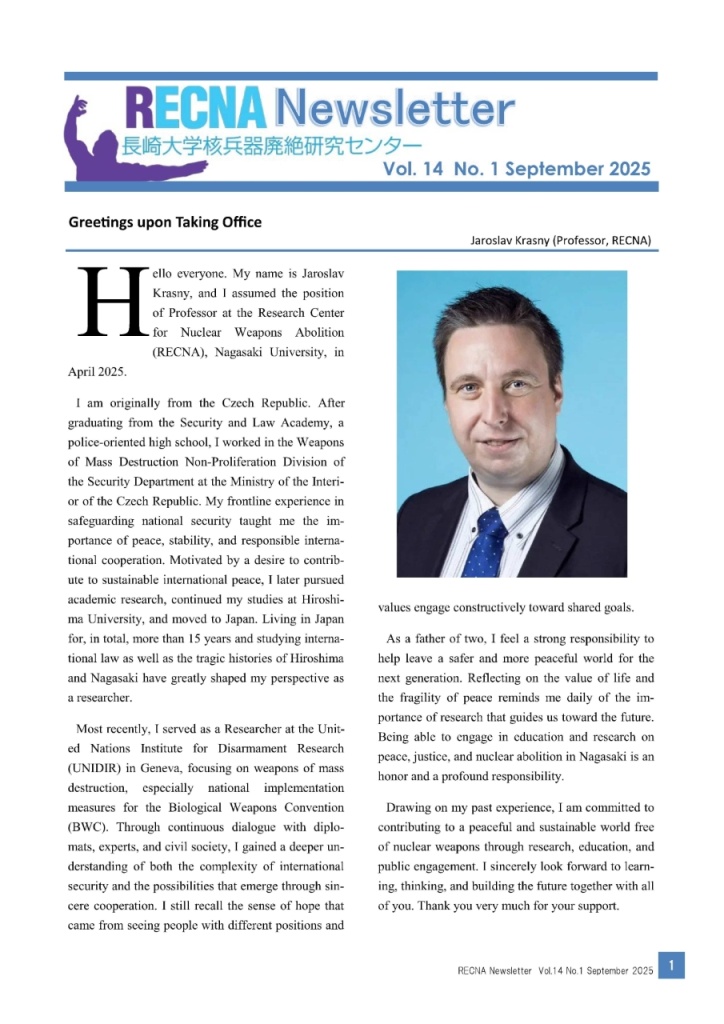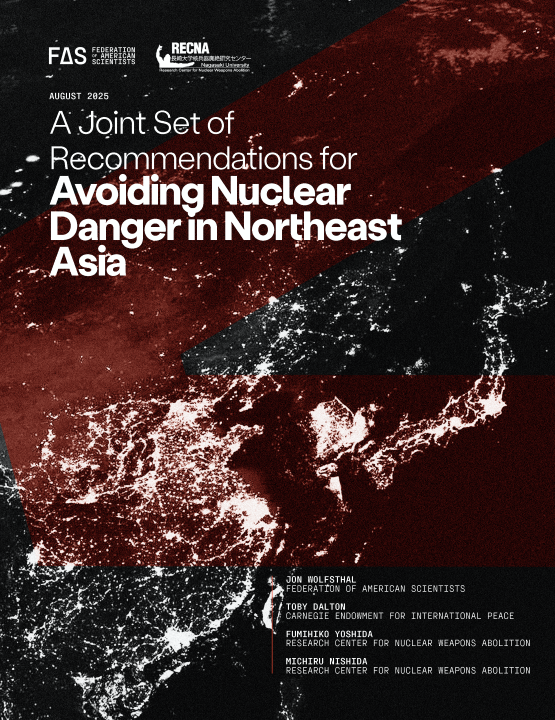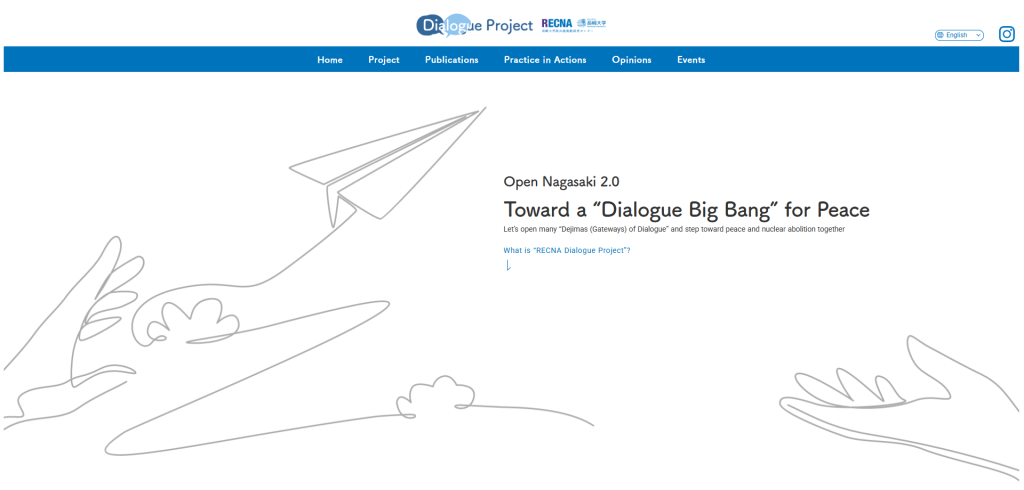2025年7月9日
International Symposium2025
Memories for the Future: How to Pass Down A-bomb Archives as a Living Testament ▶[JPN]
On Saturday, July 19, 2025, The international symposium will be held co-hosted by the Hiroshima Peace Institute (HPI), The Hiroshima Peace Media Center, and RECNA.
■Date: July 19, 2025 13:30-16:30 (JST)
■Venue: International Conference Center Hiroshima, Second Basement (B2F) “Himawari” (1-5 Nakashima-cho, Naka-ku, Hiroshima, JAPAN)
■Capacity: 450 people
■Entrance Fee: No charge *Advance registration is not required.
[Interpretation Provided]
■Hosts: The Hiroshima Peace Institute (HPI), Hiroshima City University (HCU)
The Chugoku Shimbun
The Research Center for Nuclear Weapons Abolition (RECNA), Nagasaki University
■Support: Hiroshima Platform for Peace Studies and Education
 ■Outline:
■Outline:
In conjunction with the Nihon Hidankyo (the Japan Confederation of A- and H-Bomb Sufferers Organizations)’s Nobel Peace Prize win, the Nobel Peace Center in Oslo, Norway, is currently holding an exhibition introducing the stories and works of Nihon Hidankyo and displaying related photographs and other archives. Such archives have played a significant role in recording and conveying the damage caused by the atomic bombings, as well as the A-bomb survivors’ testimonies. As the A-bomb survivors age and their numbers shrink, less of them can directly talk about their experiences year by year, resulting in these archives becoming even more important.
On the 80th commemoration of the atomic bombings, this year’s symposium will introduce the efforts that have been made up to now to preserve these archives, including those of the Nihon Hidankyo. It will also consider how to preserve this collection of archives for posterity.




















